VR headsets are evolving rapidly, offering better visuals, performance, and features than ever before. Two popular options on the market today are the Meta Quest 3 and the Valve Index. These headsets cater to different audiences, with the Quest 3 focusing on standalone flexibility and mixed reality capabilities, while the Valve Index provides a premium tethered experience for enthusiasts.
In this detailed comparison, we’ll analyze both headsets in terms of visuals, performance, tracking, content libraries, ergonomics, and more to help you decide which one suits your needs.


Refresh Rate And Performance
The Valve Index features a default refresh rate of 120Hz and an experimental 144Hz mode, delivering smooth visuals and reducing motion blur. This makes it ideal for fast-paced games and users sensitive to latency.
In contrast, the Meta Quest 3 supports native refresh rates of 90Hz with an experimental 120Hz mode. While the refresh rate is slightly lower than the Index, the Quest 3’s Snapdragon XR2+ platform provides superior graphical performance. This state-of-the-art chipset powers complex visual effects and highly detailed scenes that the Index’s older GPU cannot match.
· Verdict: The Index offers higher refresh rates but the Quest 3’s modern hardware provides better overall performance, making it the superior choice for cutting-edge visuals and future-proofing.
Visuals And Display
Meta Quest 3 boasts high-resolution "Infinite Display" panels capable of 2064 x 2208 pixels per eye. This upgrade represents a significant 50% resolution improvement over its predecessor, the Quest 2. With a pixel density of approximately 1100 PPI, users experience sharp visuals with reduced screen door effects. Its pancake lenses further enhance image clarity, providing a more immersive experience.
On the other hand, the Valve Index relies on dual 1440 x 1600 LCD panels, delivering a total resolution of 2880 x 1600. While the resolution is slightly lower compared to the Quest 3, the Index compensates with an industry-leading 130-degree field of view (FOV). This wider FOV significantly enhances immersion, making virtual environments feel larger and more realistic.
· Verdict: For resolution and clarity, the Quest 3 takes the lead. However, if a wide field of view is your priority, the Valve Index remains unmatched.
Tracking And Input
The Valve Index uses SteamVR tracking with external base stations, providing unparalleled accuracy for room-scale VR. The Knuckle controllers, capable of individual finger tracking, offer natural interactions that mimic real-life gestures.
The Meta Quest 3, on the other hand, uses inside-out tracking with built-in cameras. This eliminates the need for external sensors, making setup effortless. Its Touch Pro controllers provide excellent motion input, and hand tracking is also available for controller-free interactions. However, the Quest 3 lacks the per-finger tracking capability of the Index.
· Verdict: For precise tracking and advanced input, the Valve Index wins. However, the Quest 3’s wire-free convenience and solid tracking system make it more accessible for everyday use.
Price
Price is often a deciding factor when choosing a VR headset. The Meta Quest 3 is priced at $500 for the base model, making it one of the most affordable options for a standalone headset with mixed reality capabilities. Its all-in-one design eliminates the need for a powerful PC, further reducing the overall investment required to get started.
In contrast, the Valve Index starts at $999 for the full kit, which includes the headset, controllers, and base stations. Additionally, the Index requires a high-performance gaming PC to function, adding to the total cost. While the Index offers top-tier features like precision tracking and a wide field of view, the steep price makes it more suitable for dedicated VR enthusiasts with a flexible budget.
· Verdict: The Meta Quest 3 offers unmatched value for its price, making it an excellent option for those new to VR or seeking an affordable upgrade. The Valve Index, though expensive, remains a worthy investment for users prioritizing premium features and a high-end VR experience.
Comfort
Weighing in at 515 grams, the Meta Quest 3 is significantly lighter than the Valve Index, which weighs 809 grams. The Quest 3 features a redesigned strap system and pancake lenses, offering better weight distribution for long VR sessions. Additionally, its slimmer profile and built-in cameras allow users to seamlessly switch between VR and their physical surroundings.
The Valve Index, while heavier, provides a secure fit with its rigid strap design. However, the added weight can become uncomfortable during extended sessions, especially for room-scale VR.
· Verdict: The Quest 3’s lightweight and ergonomic design make it more comfortable for extended use, especially for active VR experiences.
Content Libraries
The Meta Quest Store offers over 500 apps and games, including popular exclusives like Beat Saber, Population: One, and Resident Evil 4 VR. Meta’s ecosystem also ensures compatibility with Rift-exclusive titles via PC tethering.
In comparison, the Valve Index relies on the SteamVR library, which, while extensive, lacks the volume of exclusives found in the Quest ecosystem. Titles like Half-Life: Alyx and The Lab are standout experiences, but the platform’s focus remains on general PC VR compatibility.
· Verdict: For exclusive content and variety, the Quest 3 excels. The Index is ideal for those heavily invested in the SteamVR ecosystem.
Mixed Reality And Augmented Reality
The Meta Quest 3 introduces high-resolution color passthrough cameras, enabling seamless integration of virtual and physical spaces. Developers can use the Presence Platform to create innovative mixed-reality experiences that blend real-world and digital elements.
The Valve Index lacks mixed reality capabilities, focusing solely on immersive VR experiences.
· Verdict: For mixed-reality enthusiasts, the Quest 3 is unmatched. The Index remains specialized in VR-only content.
Mobility And Stability
The Meta Quest 3 shines in room-scale VR thanks to its wireless design and inside-out tracking. Users can enjoy complete freedom of movement without worrying about cables or external sensors. This makes it ideal for active games and mixed-reality applications.
In contrast, the Valve Index is tethered to a gaming PC, restricting mobility. While it’s excellent for seated or stationary experiences like flight simulators, its reliance on external sensors and cables limits room-scale usability.
· Verdict: For unrestricted room-scale VR, the Quest 3 is the clear winner. The Index remains a solid option for stationary or cockpit-style gameplay.
Ecosystem
The Meta Quest 3 integrates deeply with Meta’s ecosystem, offering features like Horizon social platforms, smart display casting, and cross-buy access with Oculus Rift titles. Regular software updates ensure new features and optimizations.
The Valve Index leverages the Steam platform, providing seamless access to SteamVR games and the broader Steam community. While updates are less frequent, the Index benefits from Steam’s established infrastructure.
· Verdict: Both ecosystems have strengths. Choose Meta for VR-first features and Steam for PC gaming integration.
Below is a detailed comparison to help you decide which headset suits you best.
|
Feature |
Meta Quest 3 |
Valve Index |
|
Display Resolution |
2064 x 2208 pixels per eye |
1440 x 1600 pixels per eye |
|
Field of View (FOV) |
Approximately 100 degrees |
130 degrees |
|
Refresh Rate |
90Hz (native), 120Hz (experimental) |
120Hz (native), 144Hz (experimental) |
|
Tracking |
Inside-out tracking with built-in cameras |
SteamVR tracking with external base stations |
|
Controllers |
Touch Pro with hand tracking |
Knuckle controllers with individual finger tracking |
|
Weight |
515 grams |
809 grams |
|
Content Library |
Meta Quest Store + PC tethering for Rift titles |
SteamVR library |
|
Mixed Reality |
High-resolution color passthrough for MR |
No mixed reality support |
|
Platform Integration |
Meta ecosystem (Horizon, smart casting) |
Steam ecosystem |
|
Mobility |
Wireless, standalone capability |
Tethered to PC |
|
Use Case Focus |
Flexibility, mixed reality, standalone gaming |
Precision, seated/room-scale VR |
Final Verdict: Which One Should You Choose?
The Meta Quest 3 and Valve Index each have unique strengths. If you value standalone functionality, mixed reality capabilities, and exclusive content, the Quest 3 is an excellent choice. Its lightweight design and modern hardware make it a versatile option for new and seasoned VR users alike.
Meanwhile, the Valve Index remains a premium choice for enthusiasts seeking top-notch tracking, wide FOV, and high refresh rates. However, its reliance on a powerful PC and heavier design may deter some users.


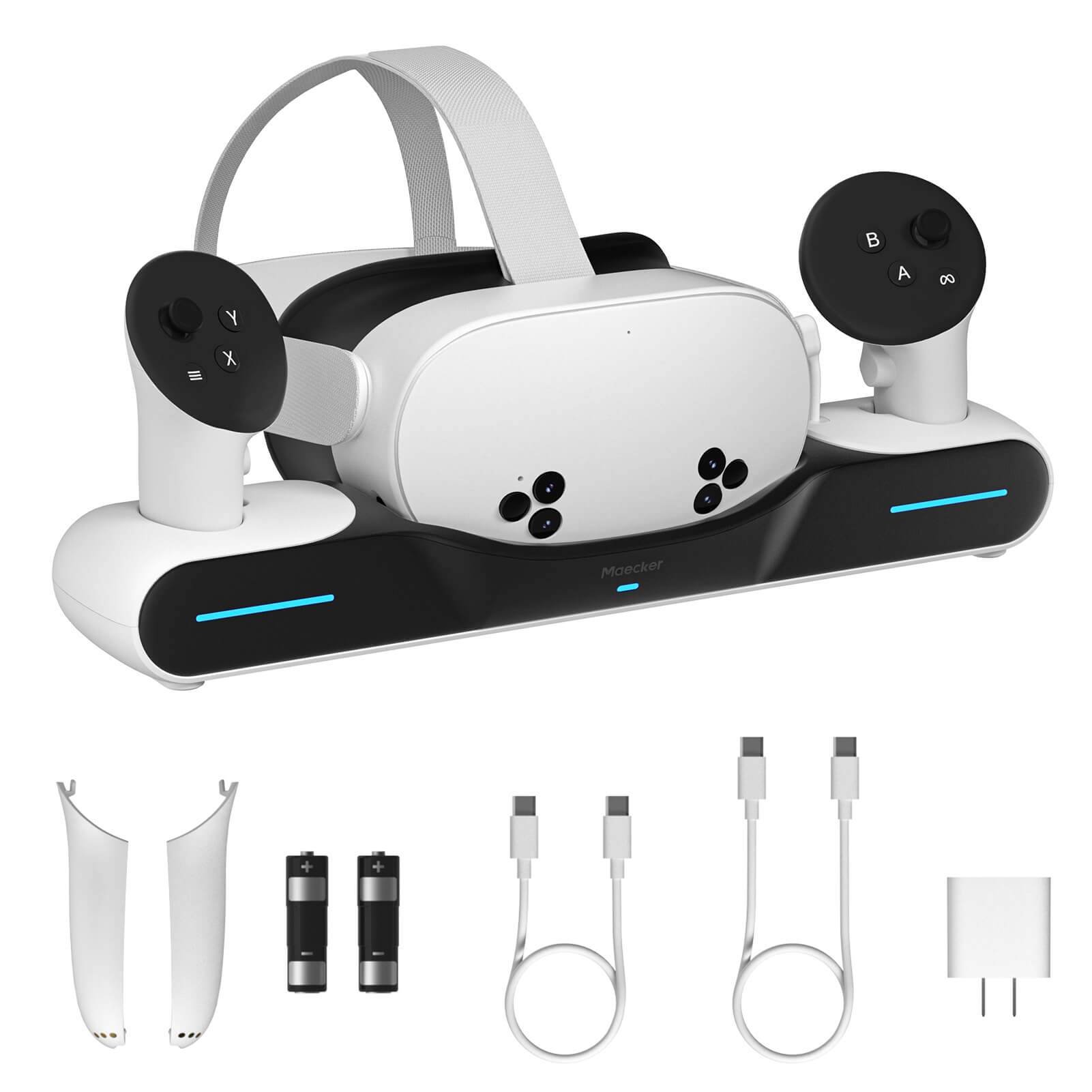
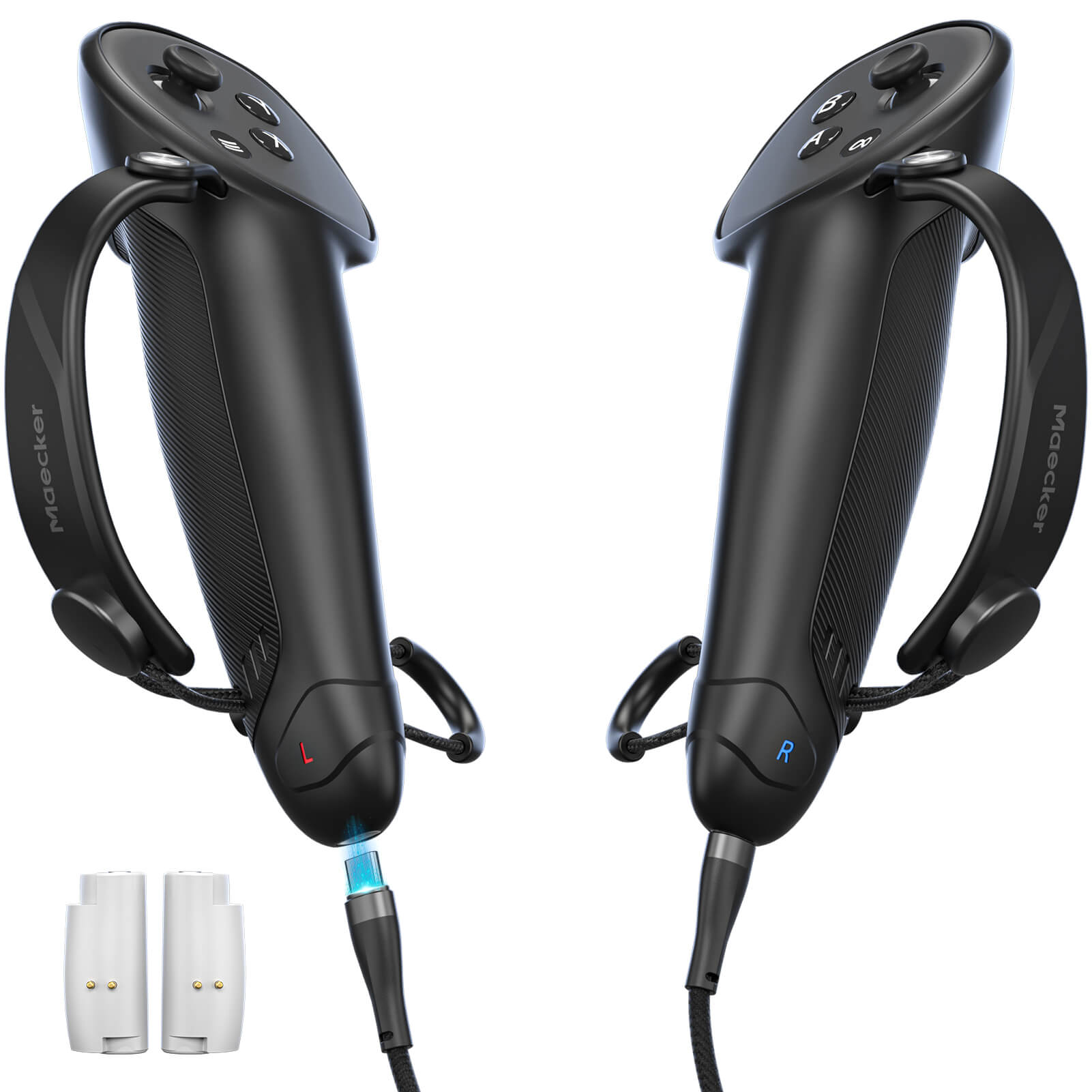
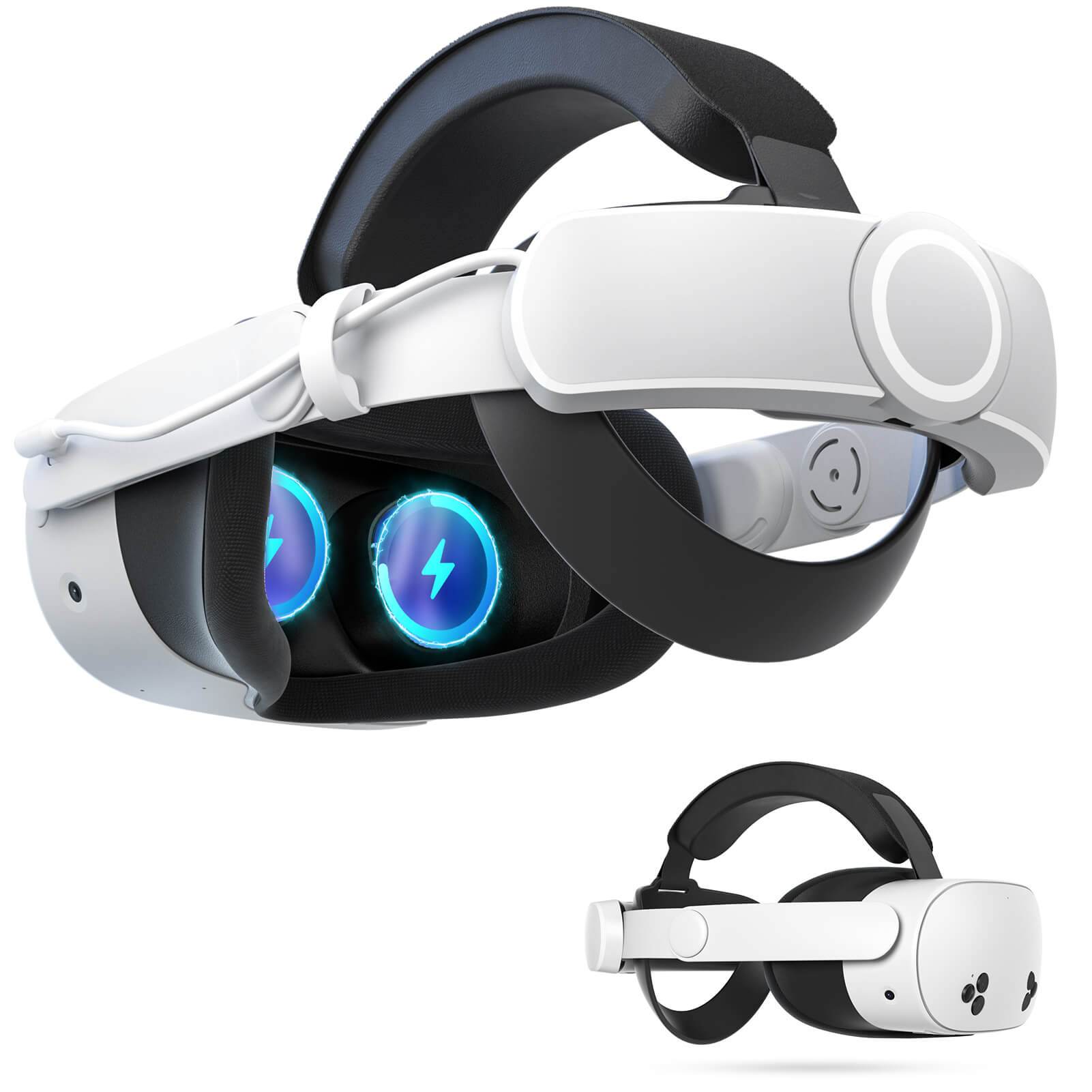
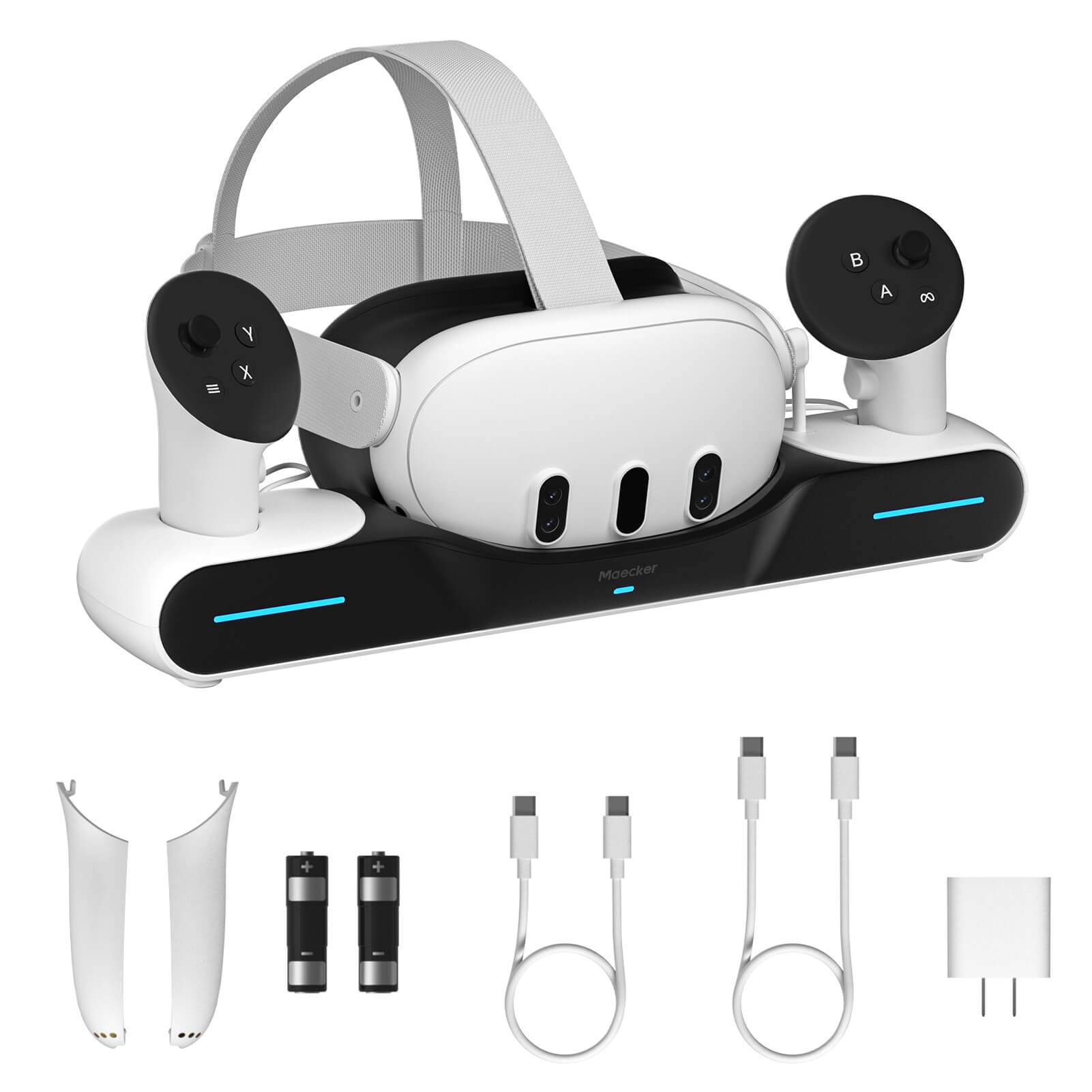
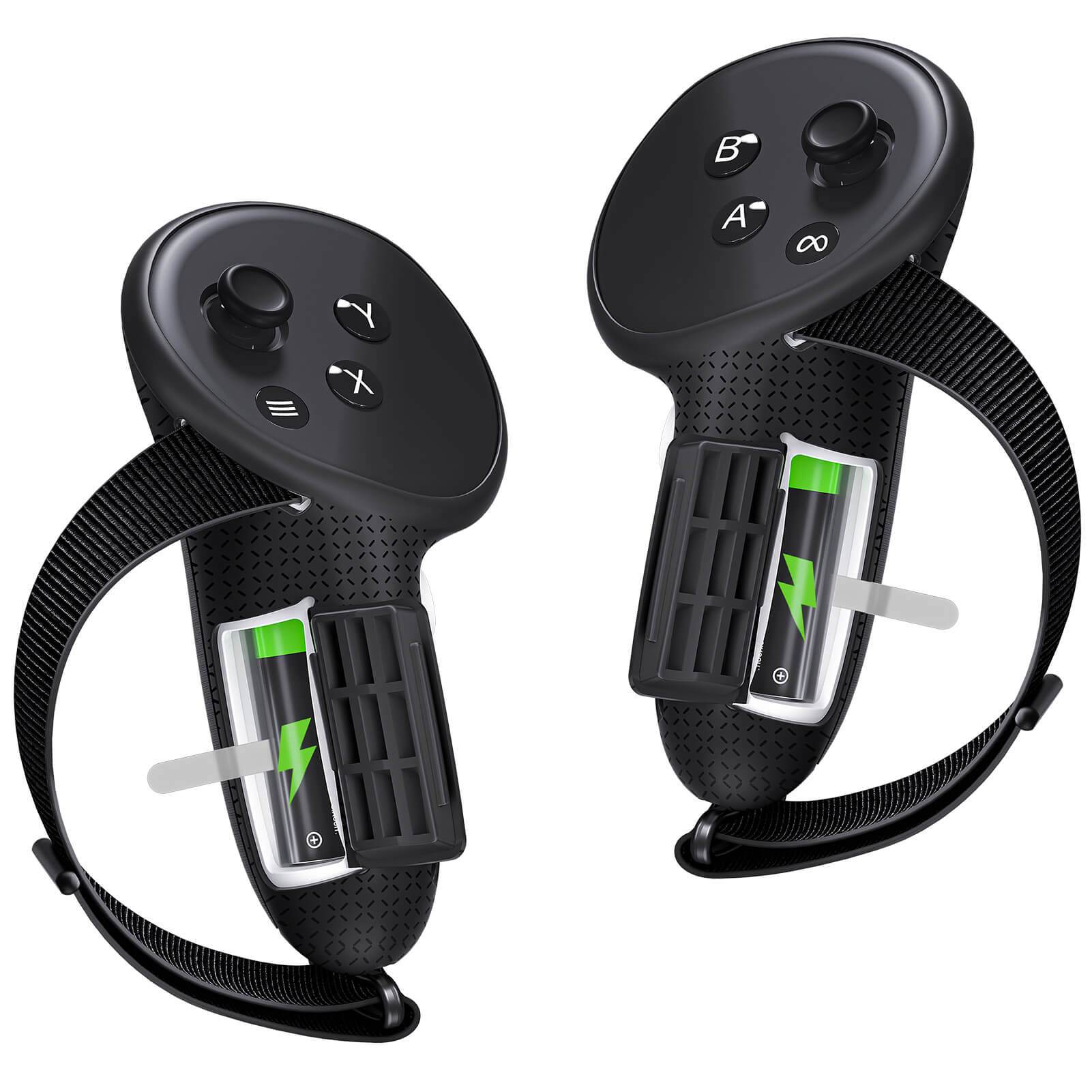
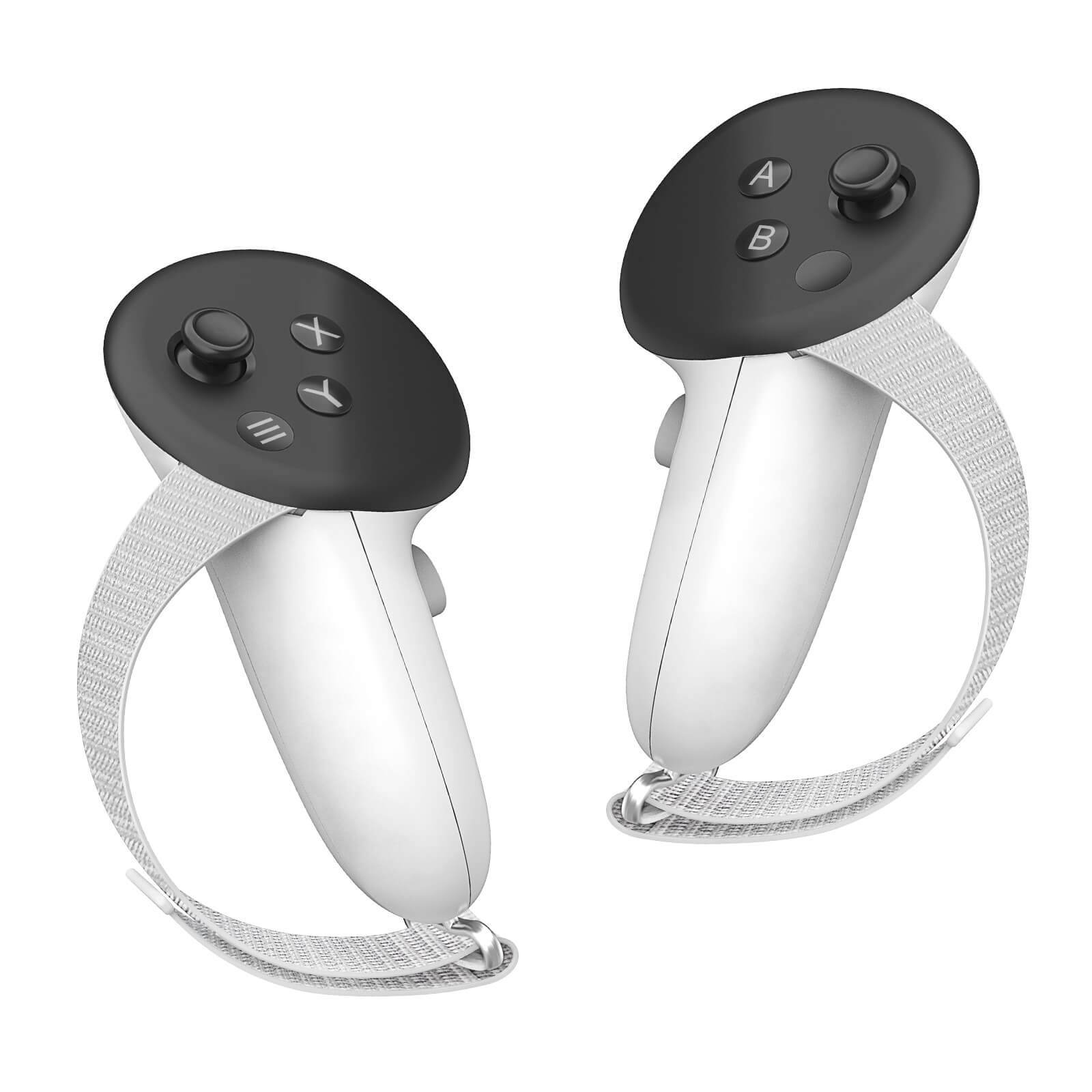
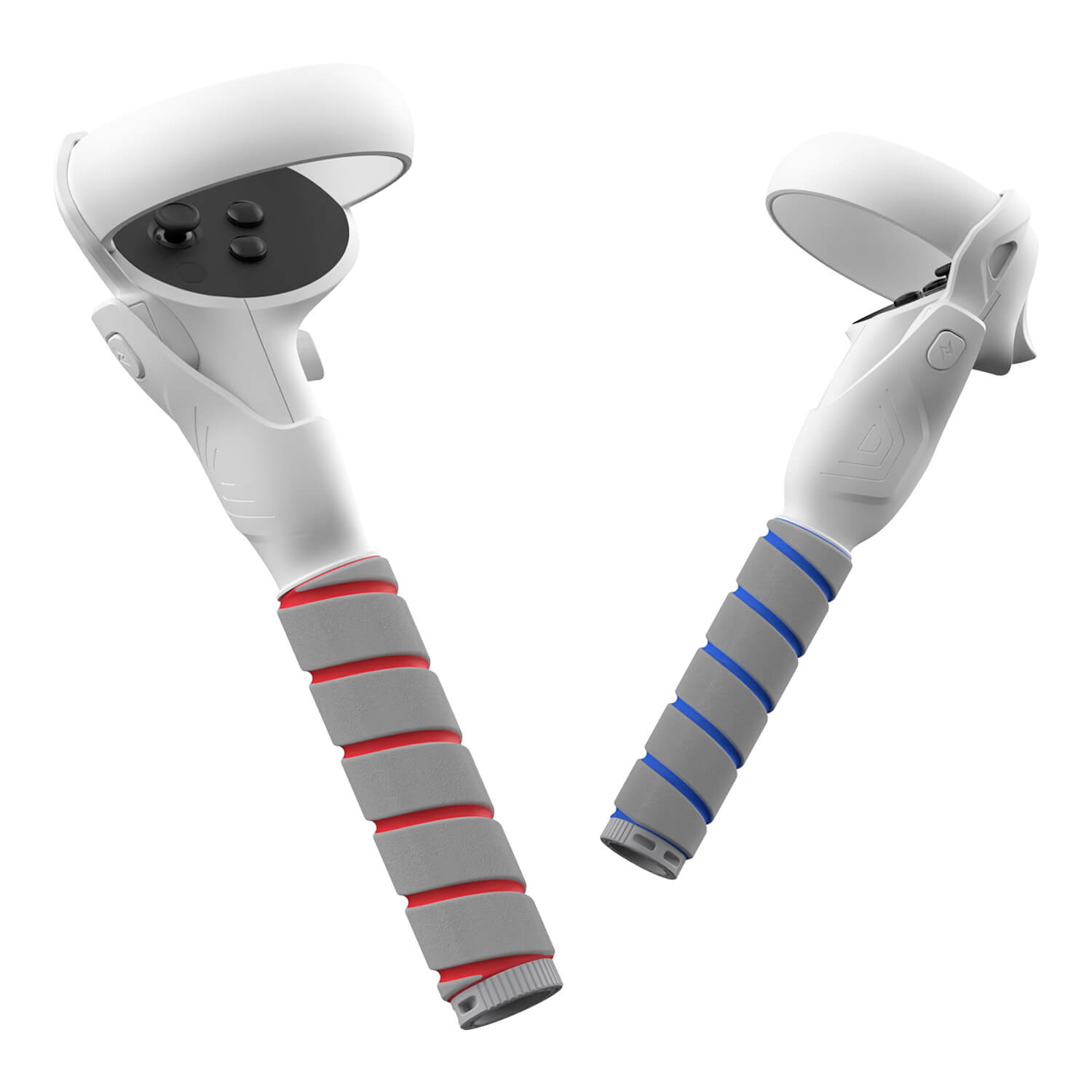
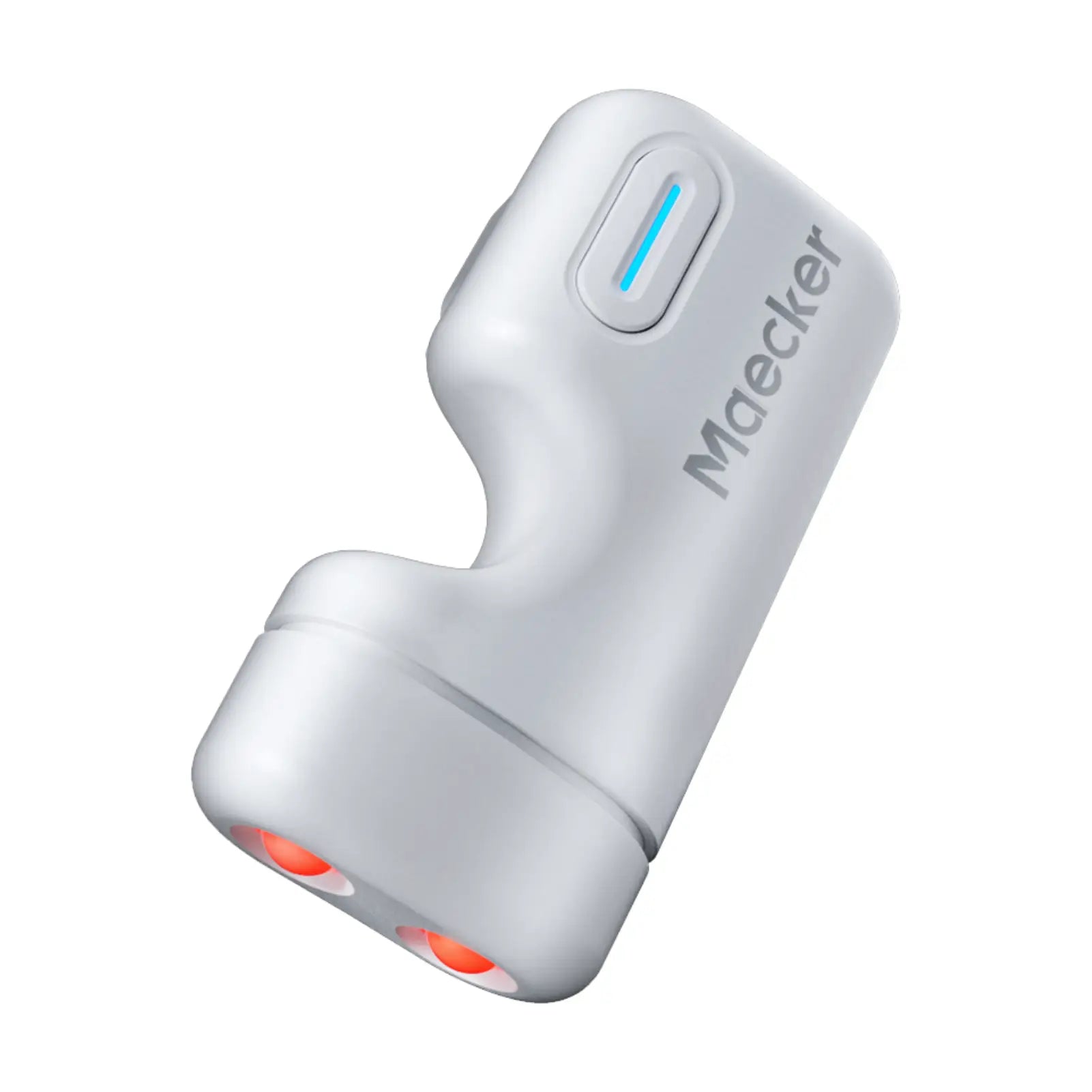
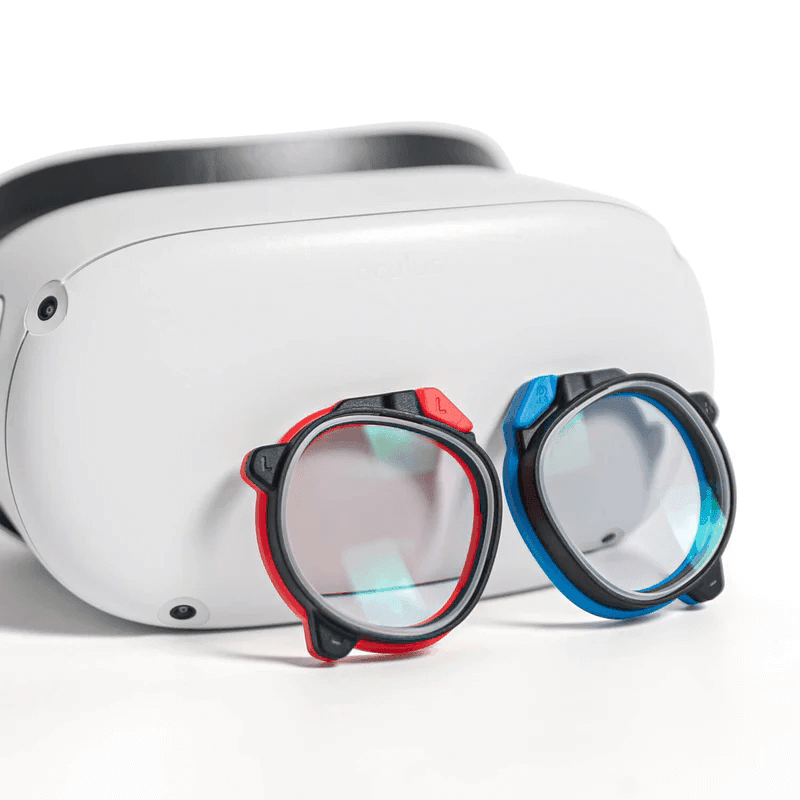
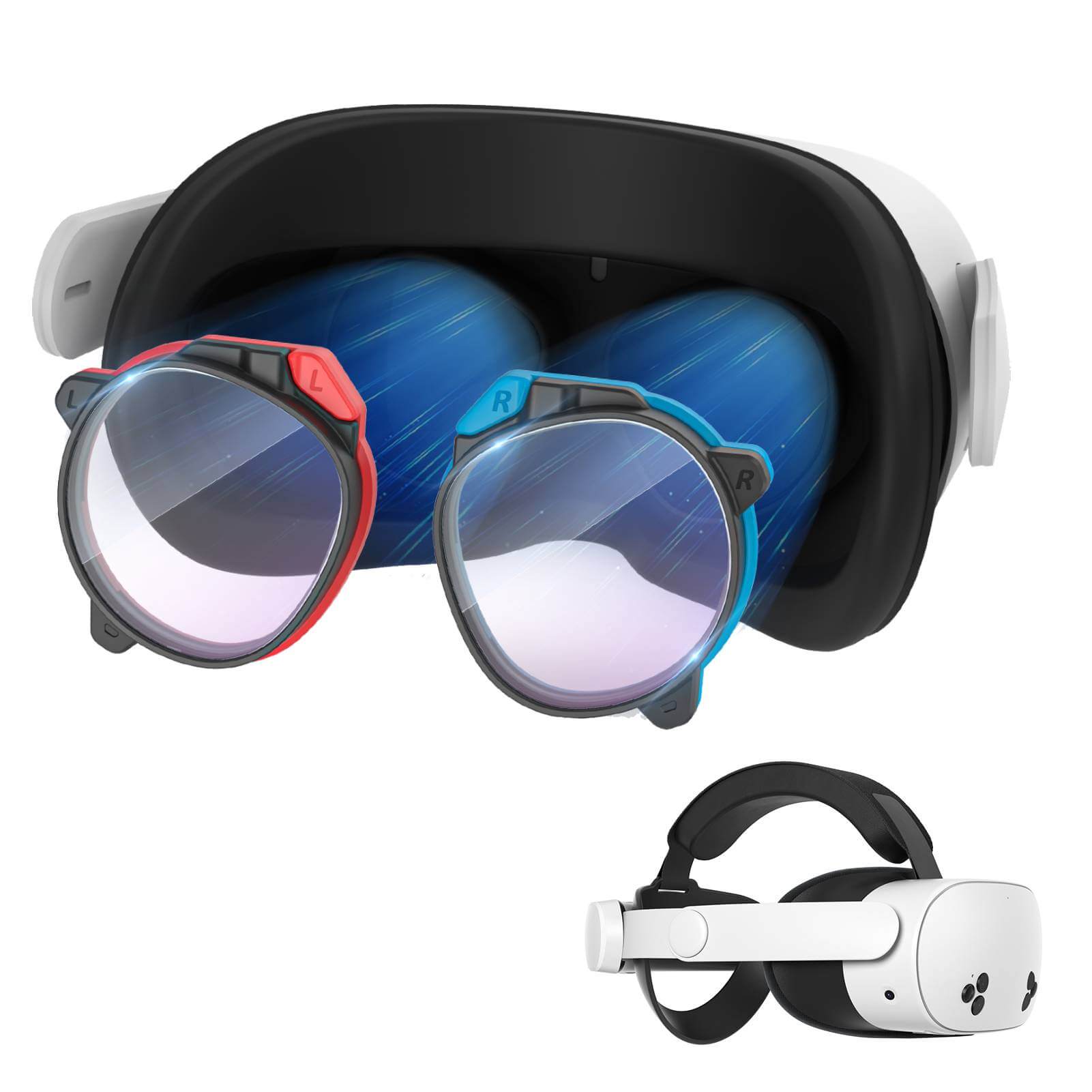
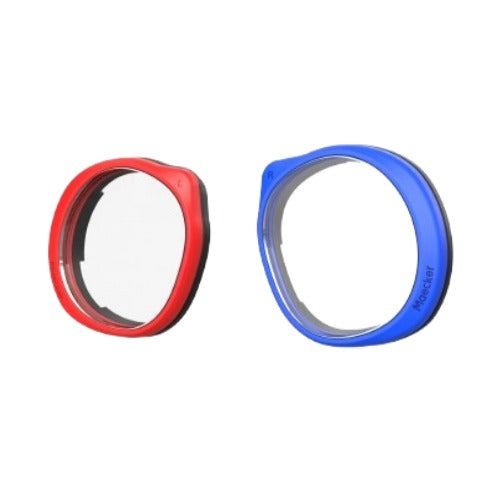
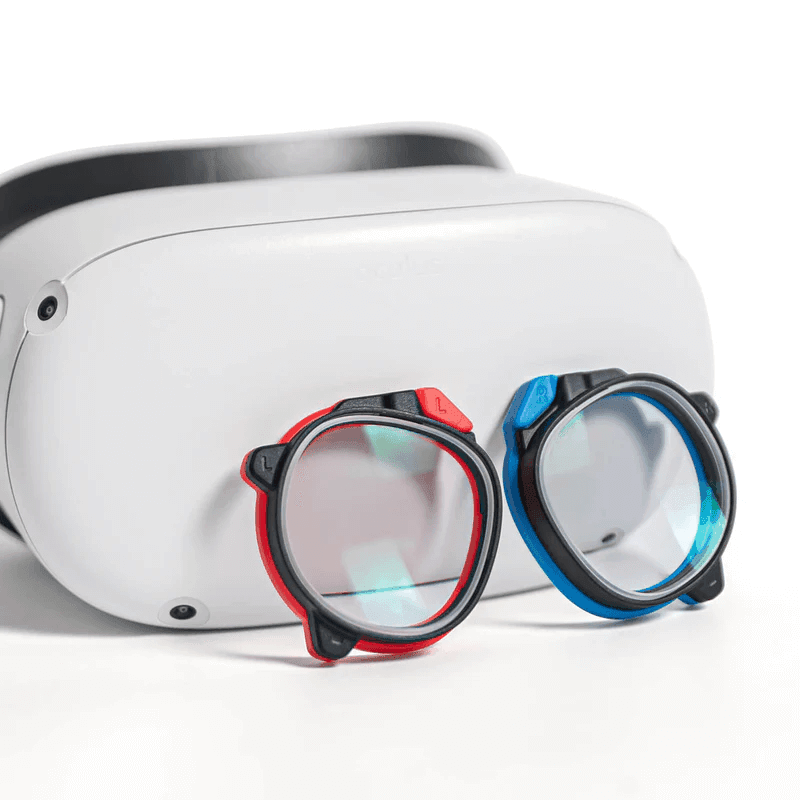

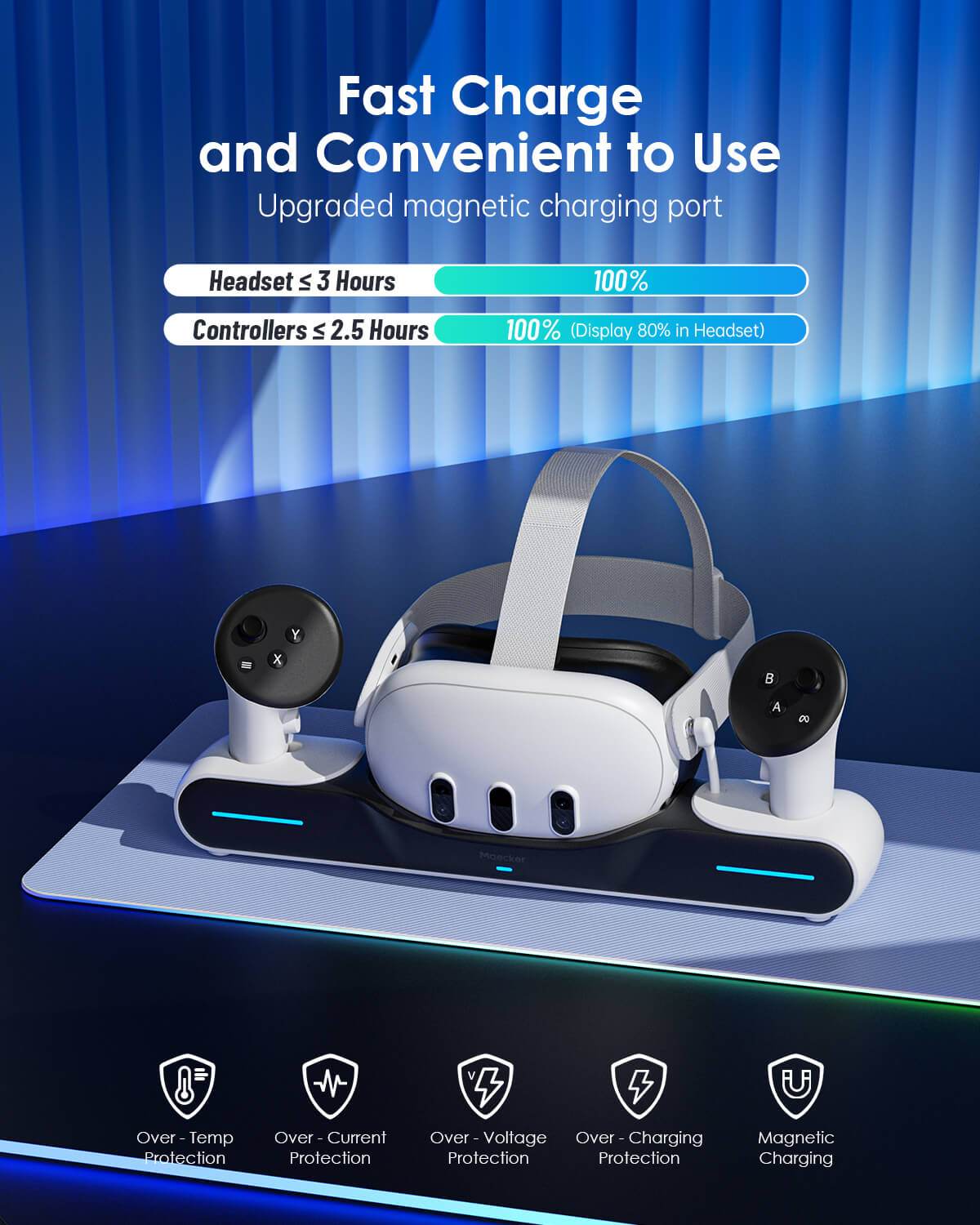
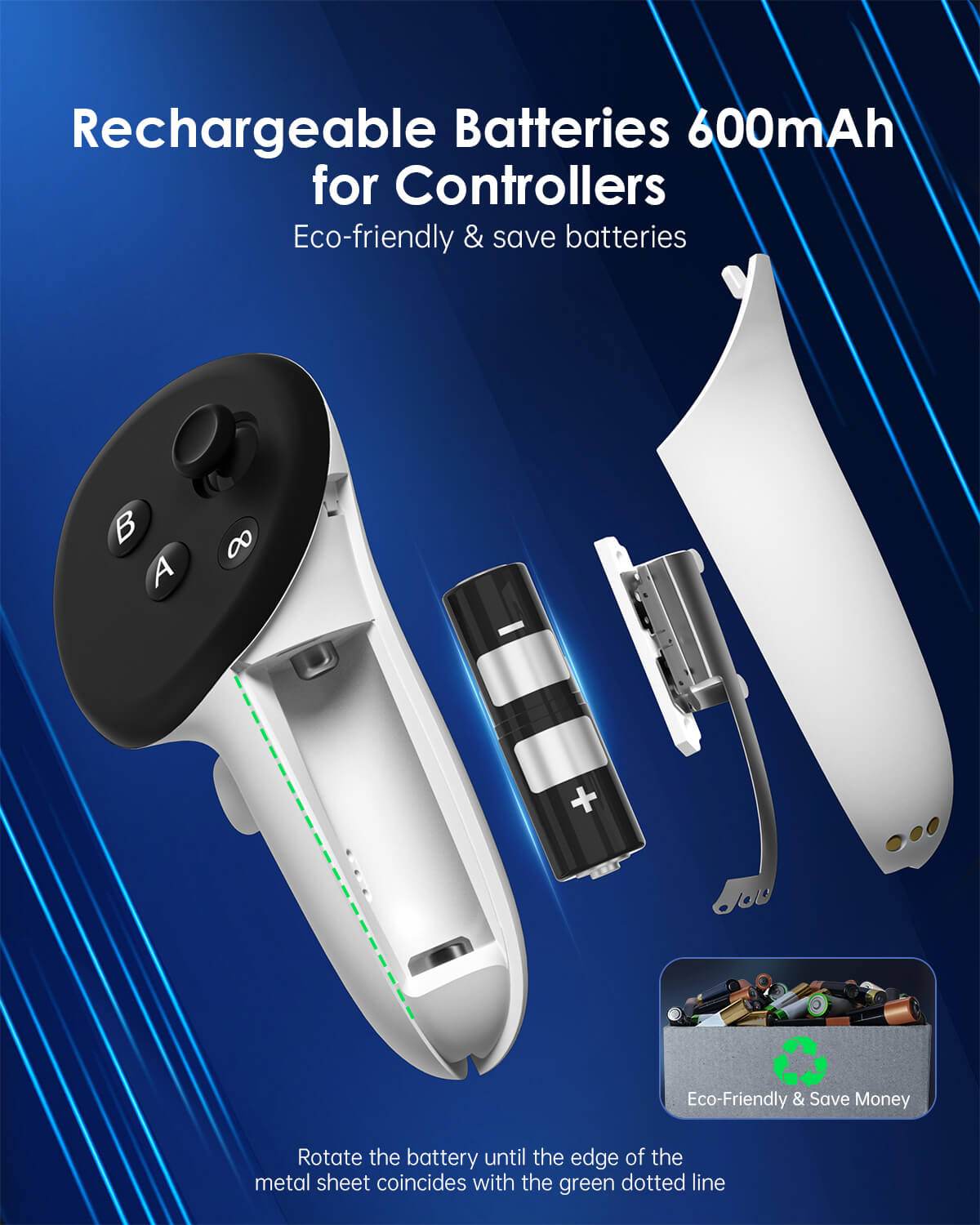
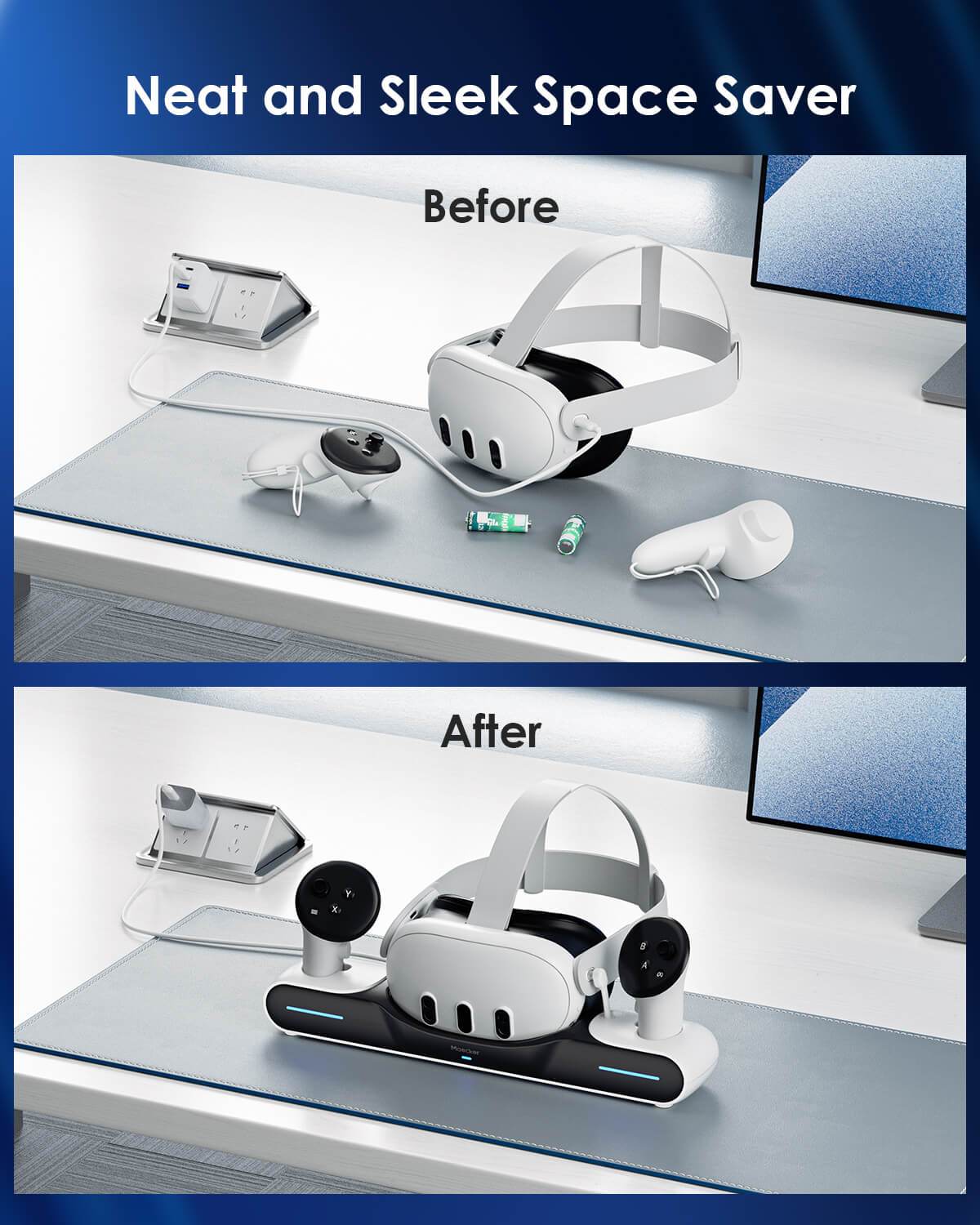
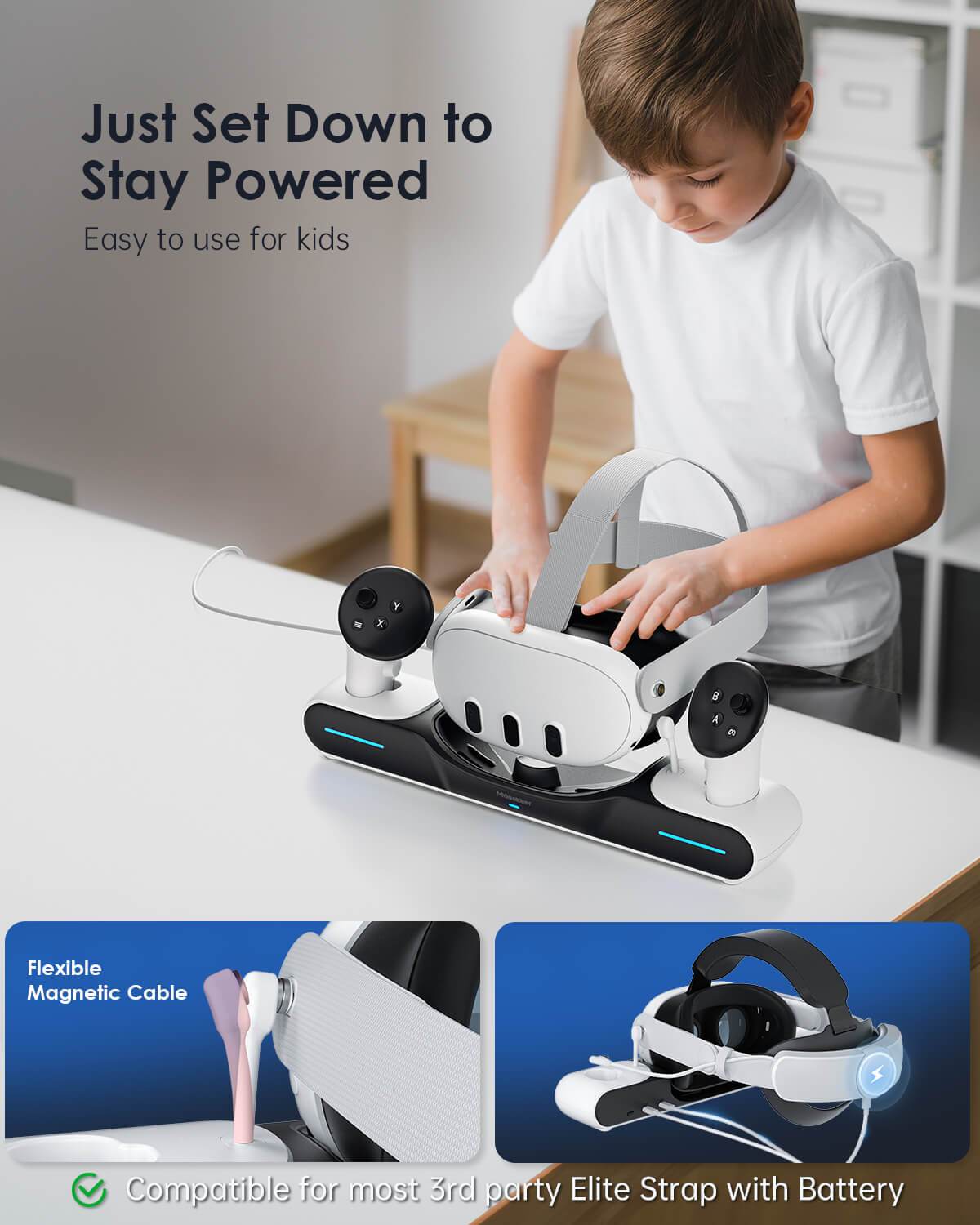
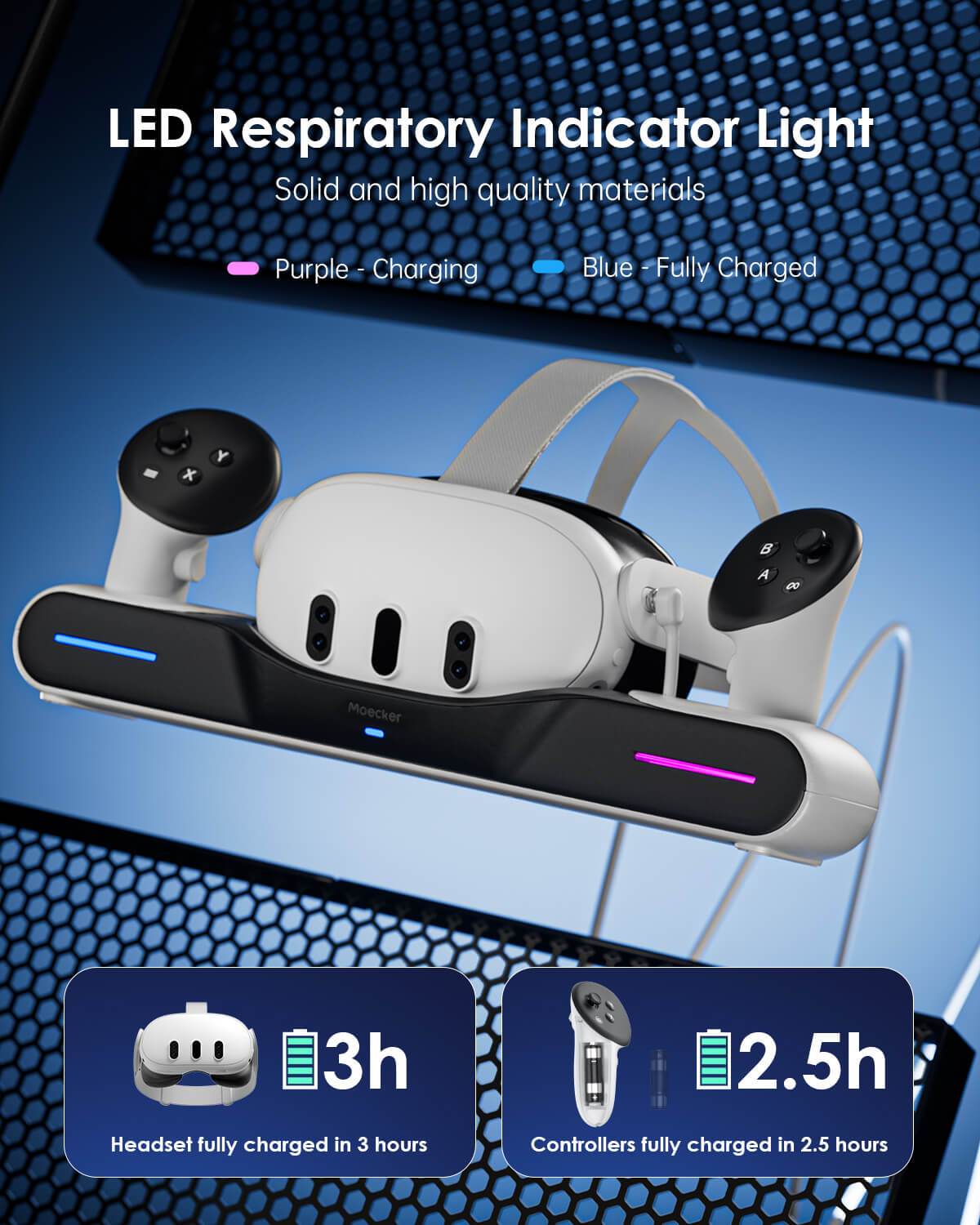
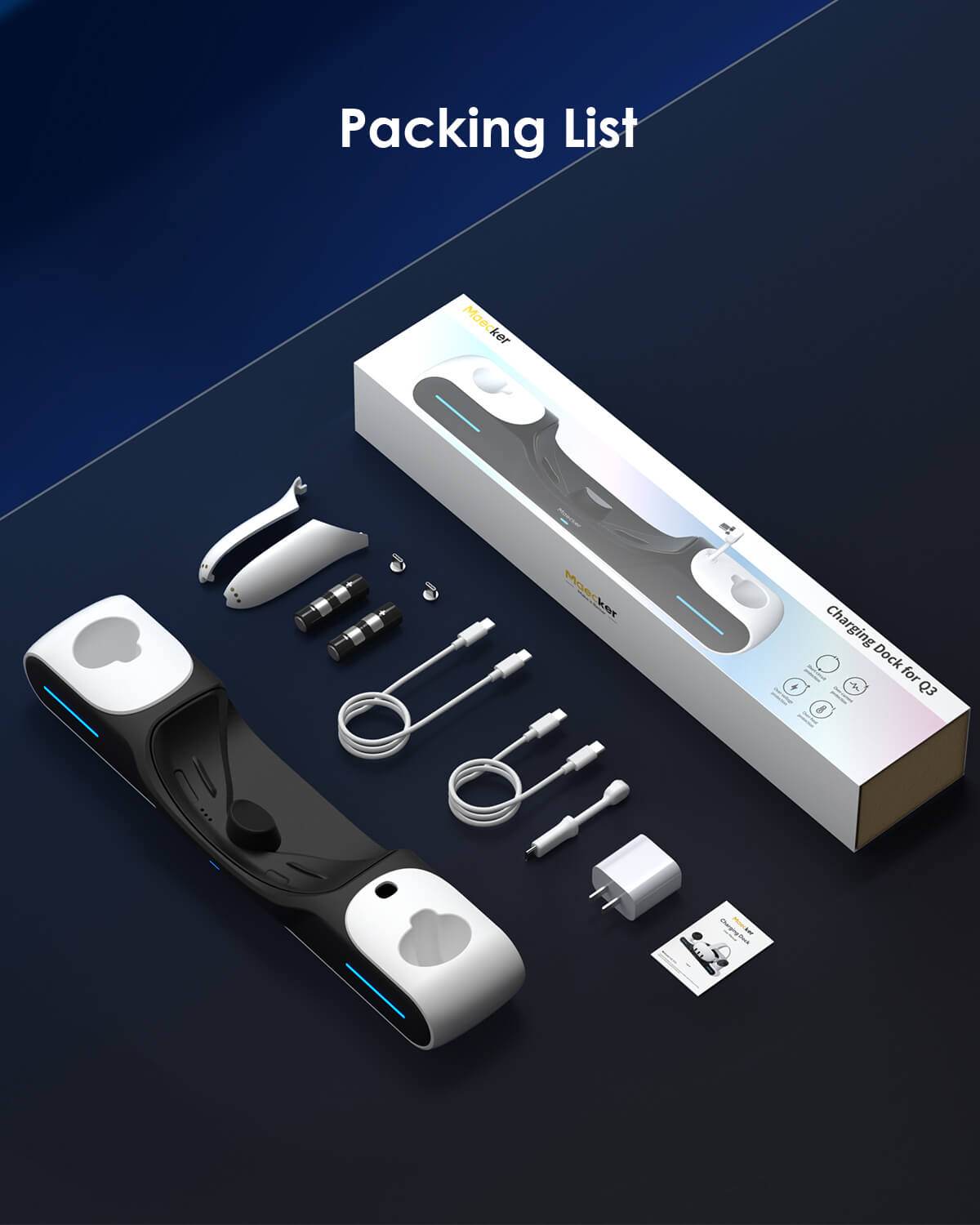

Leave a comment
All comments are moderated before being published.
This site is protected by hCaptcha and the hCaptcha Privacy Policy and Terms of Service apply.